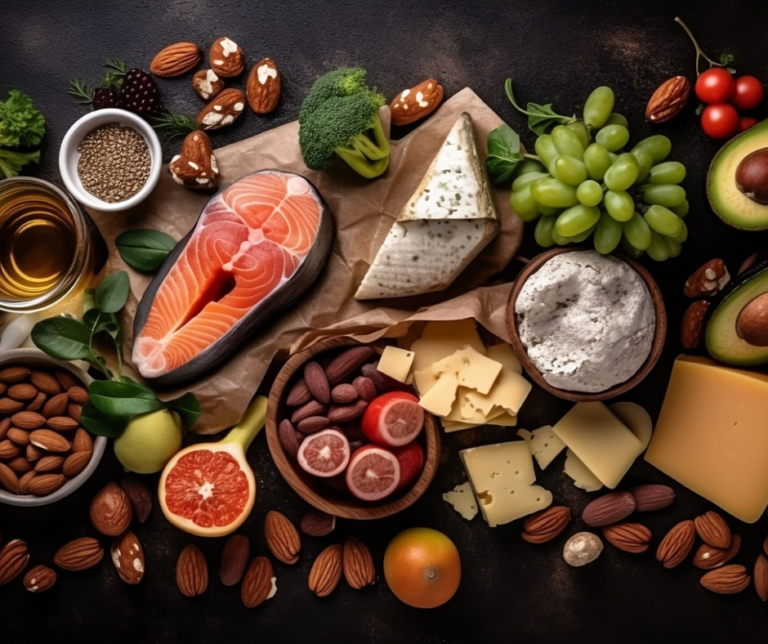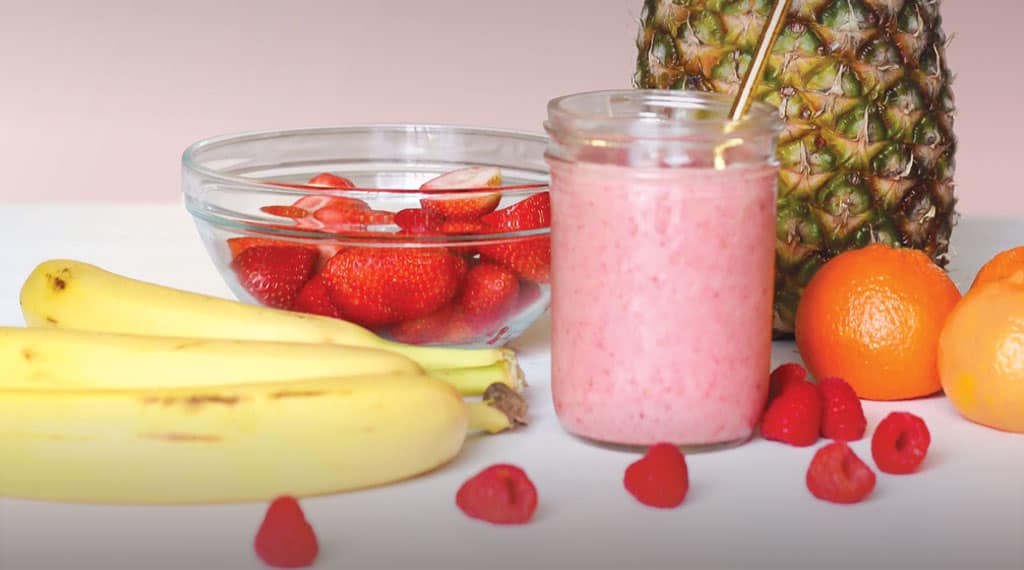Best Diets for Weight Loss & Muscle Gain
Achieving an ideal balance between weight loss and muscle gain requires a well-structured diet that provides adequate nutrition while promoting fat loss and muscle growth. Whether you’re aiming to shed excess pounds, build lean muscle, or both, choosing the right diet can make a significant difference.
In this article, we’ll explore the best diets tailored for weight loss and muscle gain, along with tips on how to implement them effectively.
1. High-Protein Diet
A high-protein diet is one of the most effective approaches for building muscle while losing fat. Protein plays a crucial role in muscle repair and growth, while also keeping you full and preventing muscle loss during weight reduction.
Benefits:
- Enhances muscle recovery and growth
- Increases satiety, reducing overall calorie intake
- Supports fat loss while preserving lean muscle
- Boosts metabolism and thermogenesis
- Reduces cravings and unnecessary snacking
How to Follow:
- Aim for at least 1.2 to 2.2 grams of protein per kilogram of body weight daily
- Include lean protein sources like chicken, turkey, fish, eggs, tofu, and legumes
- Use protein supplements like whey or plant-based protein powders if needed
- Incorporate protein-rich snacks such as Greek yogurt, cottage cheese, and almonds
- Time protein intake strategically around workouts to optimize muscle synthesis
2. Mediterranean Diet
The Mediterranean diet is a heart-healthy approach that focuses on whole, nutrient-dense foods. It provides a good balance of macronutrients while promoting fat loss and muscle maintenance.
Benefits:
- Supports healthy metabolism and fat loss
- Provides essential fatty acids that aid in muscle recovery
- Reduces inflammation, improving overall performance
- Encourages long-term adherence due to its flexibility
- Reduces the risk of chronic diseases such as diabetes and heart disease
How to Follow:
- Include plenty of fruits, vegetables, whole grains, and lean proteins
- Use healthy fats such as olive oil, nuts, and seeds
- Consume fish regularly and limit processed foods
- Incorporate legumes and fiber-rich foods to support digestion
- Pair with an active lifestyle for optimal results
3. Ketogenic Diet (Keto)
The keto diet is a low-carb, high-fat diet that shifts the body into ketosis, a state where fat is used for fuel instead of carbohydrates. While primarily used for fat loss, it can also support muscle retention when followed correctly.
Benefits:
- Accelerates fat burning
- Stabilizes blood sugar levels
- May help maintain muscle mass with sufficient protein intake
- Reduces cravings and stabilizes energy levels
- Improves mental clarity and focus
How to Follow:
- Limit carbohydrate intake to 20-50 grams per day
- Focus on high-fat foods like avocados, nuts, seeds, and fatty fish
- Ensure adequate protein intake to prevent muscle loss
- Stay hydrated and include electrolytes to maintain balance
- Monitor ketone levels to ensure you are in ketosis
4. Intermittent Fasting (IF)
Intermittent fasting is not a specific diet but an eating pattern that cycles between periods of fasting and eating. It helps regulate calorie intake while preserving muscle mass when combined with strength training.
Benefits:
- Enhances fat metabolism
- Supports muscle retention when consuming adequate protein
- Improves insulin sensitivity and hormonal balance
- Simplifies meal planning by reducing meal frequency
- May promote longevity and cellular repair
How to Follow:
- Try the 16:8 method (fast for 16 hours, eat within an 8-hour window)
- Ensure meals are rich in protein and healthy fats
- Stay hydrated and avoid overeating during feeding windows
- Consider the 5:2 method, where you eat normally for five days and reduce calories significantly on two non-consecutive days
- Combine fasting with resistance training for optimal muscle growth
5. The Paleo Diet
The Paleo diet focuses on whole, unprocessed foods that mimic the diet of early humans. It is naturally high in protein and fiber, making it ideal for weight loss and muscle gain.
Benefits:
- Promotes lean muscle development
- Reduces bloating and inflammation
- Encourages fat loss through clean eating
- Eliminates processed sugars and unhealthy additives
- Improves gut health and digestion
How to Follow:
- Eat lean meats, fish, fruits, vegetables, nuts, and seeds
- Avoid processed foods, dairy, grains, and refined sugar
- Prioritize whole, nutrient-dense meals
- Use natural sweeteners like honey or dates if needed
- Experiment with Paleo-friendly baking and cooking techniques
6. Carb Cycling
Carb cycling alternates between high-carb and low-carb days to optimize fat loss while providing enough energy for muscle growth.
Benefits:
- Maximizes fat burning while maintaining muscle mass
- Provides energy for workouts
- Prevents metabolic slowdown
- Helps regulate insulin levels
- Avoids the negative effects of prolonged low-carb diets
How to Follow:
- Increase carb intake on workout days
- Lower carb intake on rest days
- Focus on complex carbohydrates like brown rice, quinoa, and sweet potatoes
- Pair high-carb days with intense strength training sessions
- Monitor progress and adjust carb intake based on performance and goals
7. Balanced Diet with Caloric Surplus or Deficit
A well-balanced diet customized to your fitness goals is essential for both weight loss and muscle gain.
Benefits:
- Provides flexibility and sustainability
- Ensures optimal nutrient intake
- Supports long-term health and fitness goals
- Can be tailored to individual preferences and dietary restrictions
- Allows for gradual and sustainable progress
How to Follow:
- For weight loss: Maintain a caloric deficit (burn more calories than you consume)
- For muscle gain: Maintain a caloric surplus (consume more calories than you burn)
- Focus on whole foods, lean proteins, complex carbs, and healthy fats
- Track macronutrient intake to ensure balance
- Stay consistent and adjust as needed based on progress
Additional Tips for Success
Regardless of the diet you choose, here are some extra tips to maximize results:
- Stay Hydrated: Drink plenty of water to support metabolism and muscle function.
- Strength Train Regularly: Resistance training is key for muscle growth.
- Get Enough Sleep: Aim for 7-9 hours of quality sleep per night to aid recovery.
- Manage Stress: High stress can hinder fat loss and muscle gain.
- Monitor Progress: Keep track of weight, measurements, and strength levels to adjust as needed.
Conclusion
Choosing the best diet depends on your individual goals, lifestyle, and preferences. The key to success lies in consistency, proper meal planning, and combining your diet with strength training and regular exercise. Whether you opt for a high-protein diet, keto, or intermittent fasting, make sure to stay hydrated, get enough sleep, and prioritize nutrient-rich foods to maximize your results.
Additionally, avoid extreme dieting methods that may lead to nutrient deficiencies or unsustainable habits. Instead, focus on a balanced approach that supports both short-term goals and long-term health.
Start today by selecting a diet that fits your goals and lifestyle, and watch as your body transforms with the right combination of nutrition and training!







